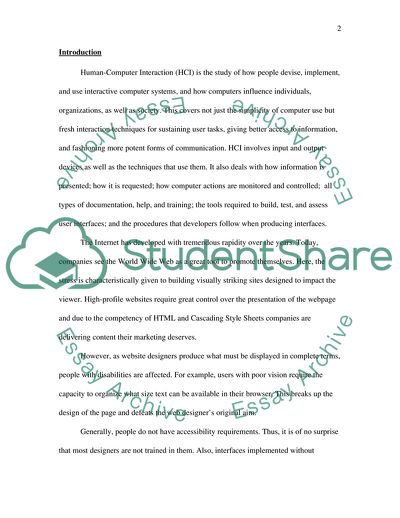Cite this document
(Features of HCI ( Human Computer Interface) and Web Accessibility Coursework - 1, n.d.)
Features of HCI ( Human Computer Interface) and Web Accessibility Coursework - 1. Retrieved from https://studentshare.org/information-technology/1704396-hci-human-computer-interface-web-accesibilty
Features of HCI ( Human Computer Interface) and Web Accessibility Coursework - 1. Retrieved from https://studentshare.org/information-technology/1704396-hci-human-computer-interface-web-accesibilty
(Features of HCI ( Human Computer Interface) and Web Accessibility Coursework - 1)
Features of HCI ( Human Computer Interface) and Web Accessibility Coursework - 1. https://studentshare.org/information-technology/1704396-hci-human-computer-interface-web-accesibilty.
Features of HCI ( Human Computer Interface) and Web Accessibility Coursework - 1. https://studentshare.org/information-technology/1704396-hci-human-computer-interface-web-accesibilty.
“Features of HCI ( Human Computer Interface) and Web Accessibility Coursework - 1”. https://studentshare.org/information-technology/1704396-hci-human-computer-interface-web-accesibilty.


